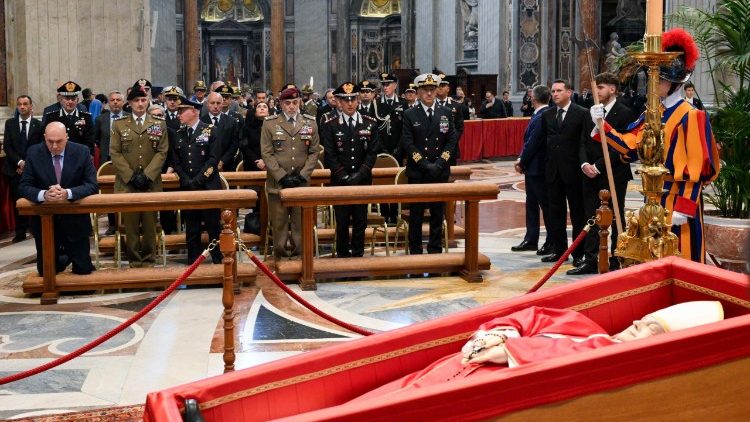Mortification
Chapter Five of the “Soul and Body” Series

In the fifth chapter of our “Soul and Body” series, we will address the topic of mortification and sacrifice. The word “sacrifice” comes from the Latin “sacrum facere,” which means “to make sacred.” Sacrifices have been around since the earliest times of humanity, as a way of offering something valuable to God in search of compensation for sin and estrangement.
The Evolution of Sacrifices
Sacrifices of Antiquity
From the beginning, sacrifice has been a significant act. In the Bible, Cain and Abel already offered sacrifices to God, with the aim of atoning for their sins. These sacrifices often involved the destruction of an animal, where one part was consumed and another was burned as an offering to God. This type of sacrifice is also seen in other cultures, such as in the Odyssey, where animals were sacrificed to Zeus. However, these external acts did not guarantee a true conversion of the heart.
The Sacrifice of the Word
In the evolution of sacrifices, God led the people of Israel to a deeper sacrifice. Instead of external sacrifices, the Mosaic law introduced precepts that demanded a deeper personal commitment, such as not mixing wool and linen, or not eating meat and milk together. Although these sacrifices of the law were more committed, they could also fall into the trap of externality and formalism.
The Perfect Sacrifice of Christ
The culminating sacrifice is that of Christ, the Word made flesh. Each of his acts was an act of pure love. His life and death on the cross represent the perfect sacrifice, in which there is no room for externality; everything is love. This perfect sacrifice led the first Christians to abandon the sacrifices of the temple and, finally, the Mosaic law.
Christian Mortification
To live in the love of Christ, it is necessary to practice mortification. Loving implies sacrifice, effort and, often, pain. In any task well done, there is a background of sacrifice. Gaudí affirmed that everything that is done well has a lot of effort behind it. Mortification, therefore, is essential to truly love.
The Prayer of the Senses
Mortification does not consist in doing painful things for the mere sake of suffering, but in being willing to endure pain and sacrifice for love. Those who are not willing to mortify themselves will be governed by the principle of pleasure and comfort. Mortification, then, is not an end in itself, but an essential means to love.
José María and Saint Faustina Kowalska wrote about the importance of mortification. Angels envy men for two things: the Eucharist and the capacity for mortification. Mortification allows us to love God with our body, through concrete and objective sacrifices.
Three Levels of Mortification
Small Mortification
The first level is small mortification, which consists of constant and simple sacrifices, such as punctuality, order, and attention to small things.
Interior Mortification
The second level is interior mortification, which involves control of the imagination, memory, understanding, will, and feelings. This is more difficult than small mortification, but it is essential for a mature spiritual life.
Passive Mortification
The third level is passive mortification, which covers those situations that we do not choose, but that we must face, such as the death of a loved one or a setback at work. These trials can be overcome with God’s grace and offer a great opportunity to grow in love and holiness.
Conclusion
Christian mortification is a school of love and sacrifice. Through small, interior, and passive mortification, we can grow in our capacity to love and serve God. This path of bodily sacrifice, of posture, punctuality, order and stability, allows us to live a life fully dedicated to the love of Christ.
Related

Saying Goodbye to Francis
Exaudi Staff
26 April, 2025
2 min

The Family: A School of Love, Forgiveness, and Hope
Laetare
25 April, 2025
3 min

Pope Francis: Leadership That Transforms Through Service
Javier Ferrer García
25 April, 2025
4 min

The heart of the Church beats between mourning and hope
Exaudi Staff
24 April, 2025
2 min
 (EN)
(EN)
 (ES)
(ES)
 (IT)
(IT)

